We know less about the strength of the strong force than of any of the other fundamental forces of nature, but researchers at CERN have now made the most precise measurement of it ever.
By Leah Crane
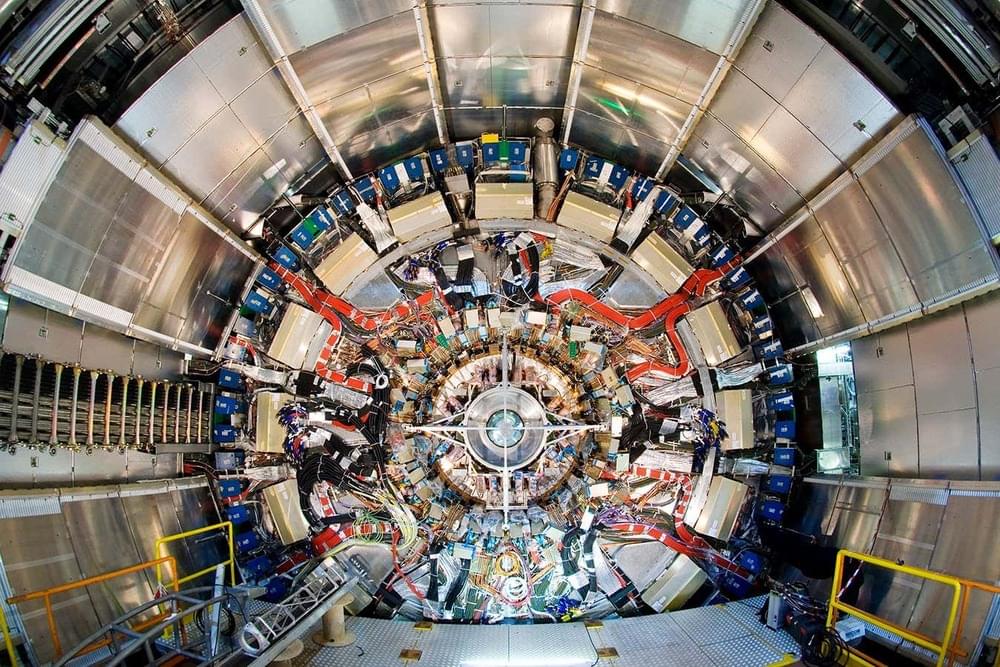
We know less about the strength of the strong force than of any of the other fundamental forces of nature, but researchers at CERN have now made the most precise measurement of it ever.
By Leah Crane

“Using the new quantum ruler to study how the circular orbits vary with magnetic field, we hope to reveal the subtle magnetic properties of these moiré quantum materials”
Graphene, a single-atom-thick sheet of carbon, is renowned for its exceptional electrical conductivity and mechanical strength.
However, when two or more layers of graphene are stacked with a slight misalignment, they become moiré quantum matter, opening the door to a world of exotic possibilities. Depending on the angle of twist, these materials can generate magnetic fields, become superconductors with zero electrical resistance, or transform into perfect insulators.
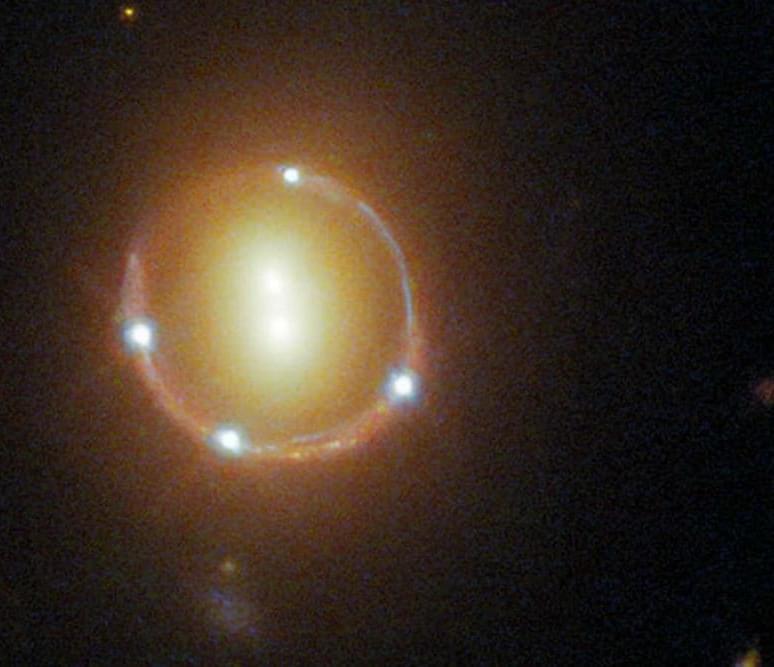
Ultralight dark matter particles that behave like waves, called axions, seem to be a better match for gravitational lensing measurements than more traditional explanations for dark matter.
By Leah Crane
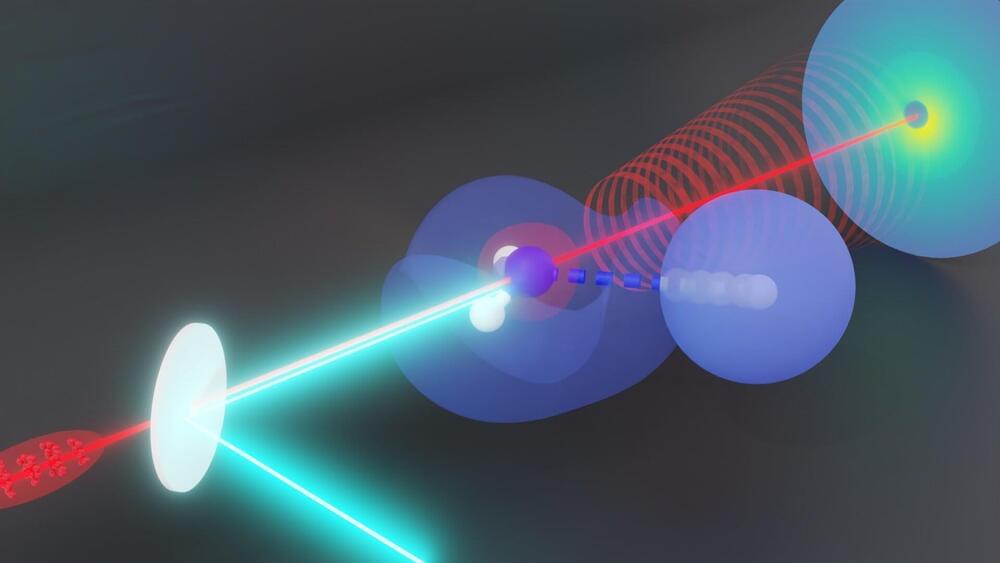
Scientists have caught fast-moving hydrogen atoms—the keys to countless biological and chemical reactions—in action.
A team led by researchers at the Department of Energy’s SLAC National Accelerator Laboratory and Stanford University used ultrafast electron diffraction (UED) to record the motion of hydrogen atoms within ammonia molecules. Others had theorized they could track hydrogen atoms with electron diffraction, but until now nobody had done the experiment successfully.
The results, published in Physical Review Letters, leverage the strengths of high-energy Megaelectronvolt (MeV) electrons for studying hydrogen atoms and proton transfers, in which the singular proton that makes up the nucleus of a hydrogen atom moves from one molecule to another.
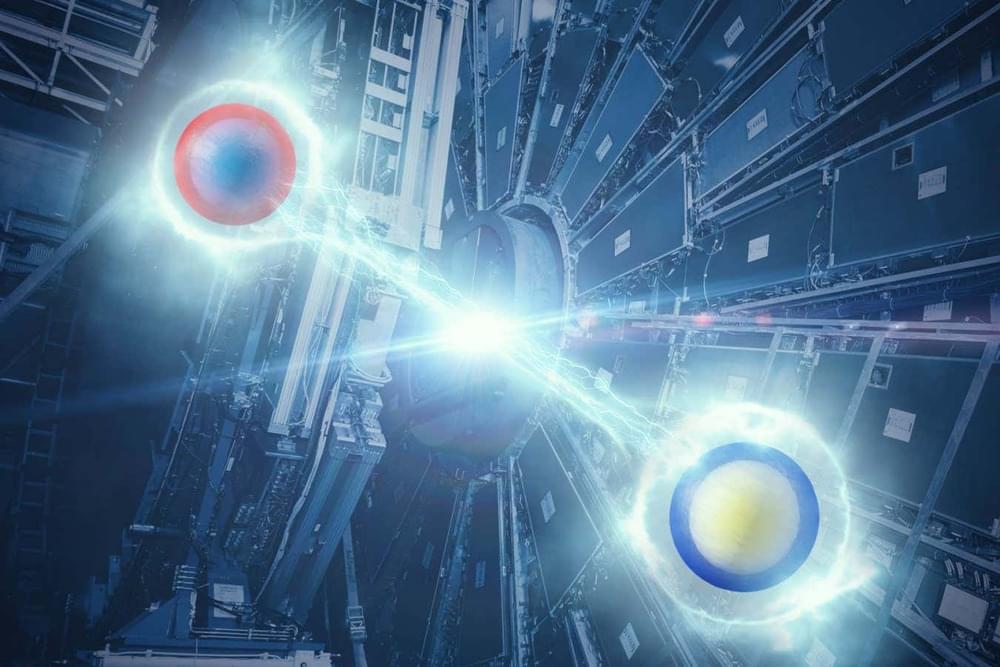
Physicists have used the famous particle smasher to investigate the strange phenomena of quantum entanglement at far higher energies than ever before.
By Alex Wilkins

In 1980, Hamish Robertson was a tenured professor at Michigan State. He’d been there since his postdoc in 1971, and he was content. “I want to stress how valued and happy I felt there,” he says. “It was, and still is, an outstanding place.”
But he and his friend and colleague, Tom Bowles, had begun to hatch an idea that would take him far from MSU. They were devising a new experiment to measure the mass of the elusive and perplexingly light neutrino.
Neutrinos are the only fundamental particles whose mass we still don’t know. As their name implies, neutrinos are very, very small. But they outnumber the other fundamental particles by a factor of 10 billion.
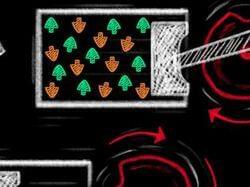
In a schematic view, an engine uses a thermodynamic change to produce work. For example, when a gas is ignited, it expands and so pushes a piston. Now, researchers have been able to develop a similar kind of engine but instead of using the relationship between temperature, pressure, and volume, the new device uses quantum mechanics.
The quantum engine employs a gas that can turn from a fermion gas to a boson gas. Fermions and bosons are a way to divide all particles into two categories. Their difference comes from a property called spin, an intrinsic angular momentum. Fermions have a fractional value (1÷2, 3/2) while bosons have integer spin (0, 1, 2, …).
There is another difference that matters in the engine too: the Pauli exclusion principle. And this only applies to fermions.
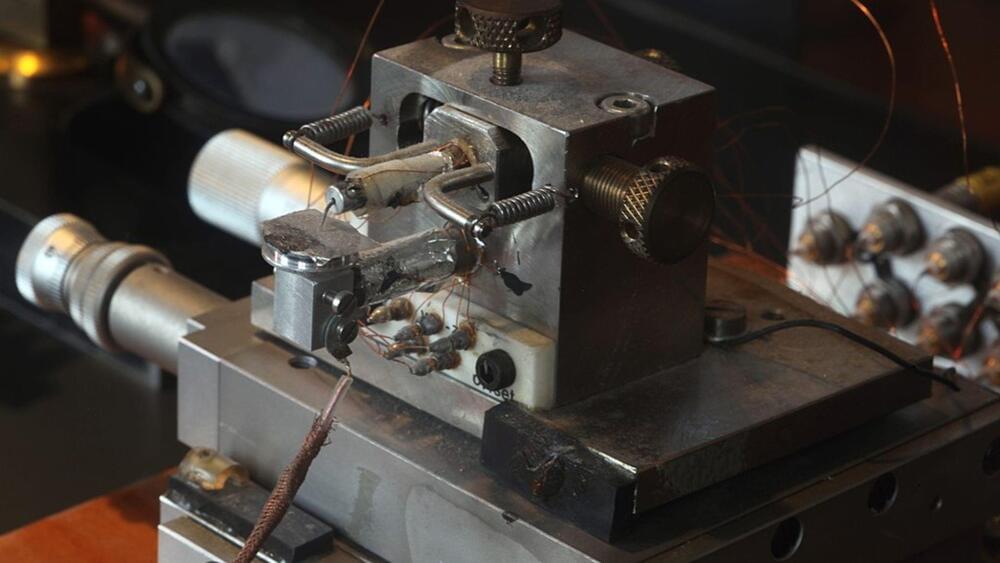
The method is still at its basic stage but multiple such microscopes could be pooled up to build a larger quantum computer.
Researchers at the IBS Center for Quantum Nanoscience (QNS) in Seoul, South Korea, have successfully demonstrated using a scanning tunneling microscope (STM) to perform quantum computation using electrons as qubits, a press release said.
Quantum computing is usually associated with terms such as atom traps or superconductors that aid in isolating quantum states or qubits that serve as a basic unit of information. In many ways, everything in nature is quantum and can be used to perform quantum computations as long as we can isolate its quantum states.

The central question in the ongoing hunt for dark matter is: what is it made of? One possible answer is that dark matter consists of particles known as axions. A team of astrophysicists, led by researchers from the universities of Amsterdam and Princeton, has now shown that if dark matter consists of axions, it may reveal itself in the form of a subtle additional glow coming from pulsating stars. Their work is published in the journal Physical Review Letters.
Dark matter may be the most sought-for constituent of our universe. Surprisingly, this mysterious form of matter, that physicist and astronomers so far have not been able to detect, is assumed to make up an enormous part of what is out there.
No less than 85% of matter in the universe is suspected to be “dark,” presently only noticeable through the gravitational pull it exerts on other astronomical objects. Understandably, scientists want more. They want to really see dark matter—or at the very least, detect its presence directly, not just infer it from gravitational effects. And, of course: they want to know what it is.

Researchers of the Princeton Plasma Physics Laboratory (PPPL) announced the discovery of a promising approach to mitigate the damaging effects of runaway electrons in tokamak fusion devices in a statement.
The key to this discovery lies in harnessing a unique type of plasma wave known as Alfvén waves, named after the renowned astrophysicist Hannes Alfvén, a Nobel laureate in 1970.
Alfvén waves have long been recognized for their ability to loosen the confinement of high-energy particles within tokamak reactors— a type of fusion reactor that confines plasma in the shape of a donut using a magnetic field.